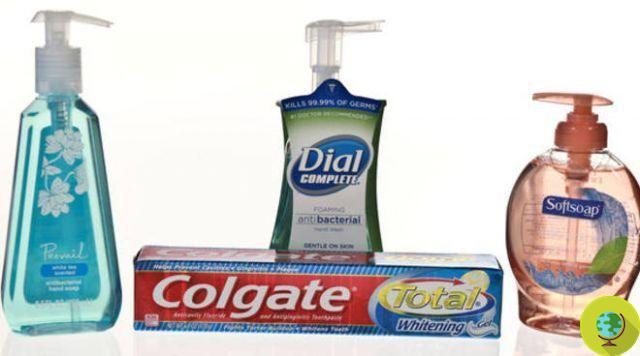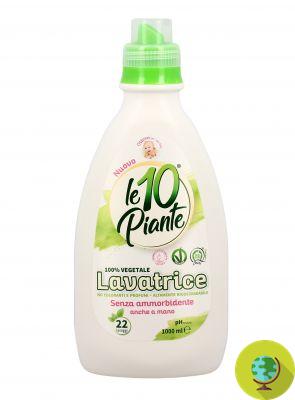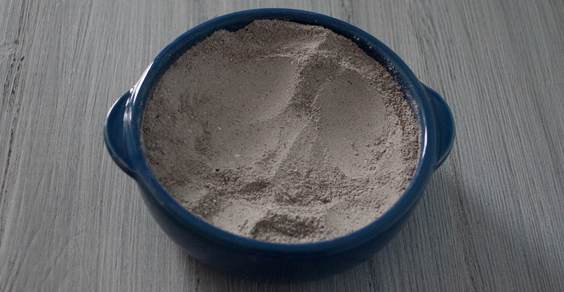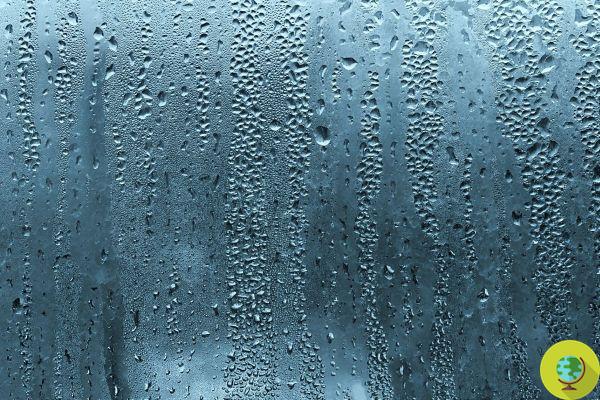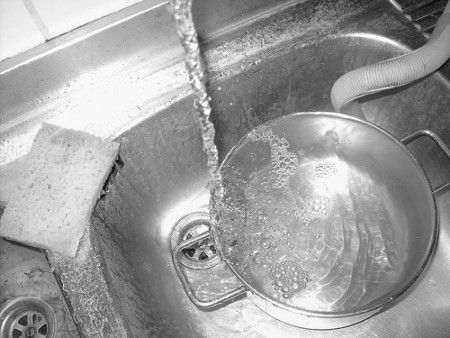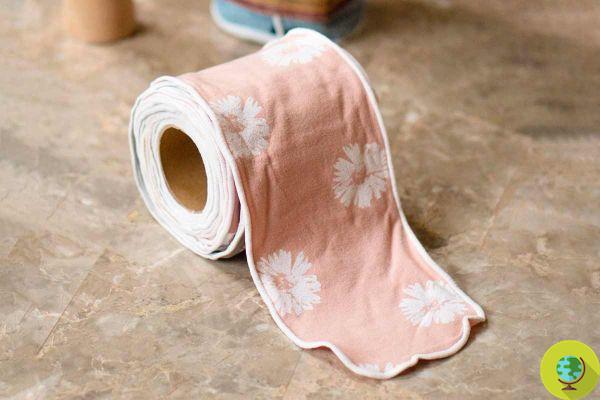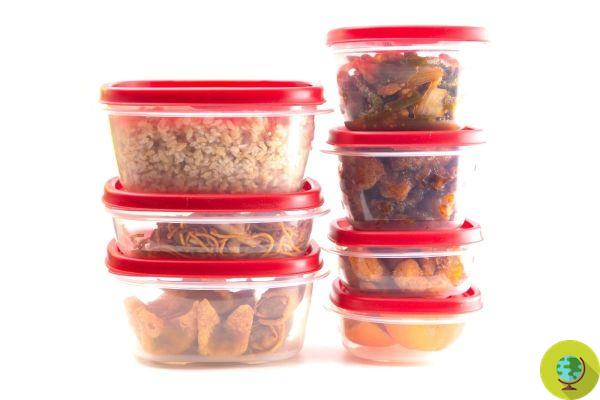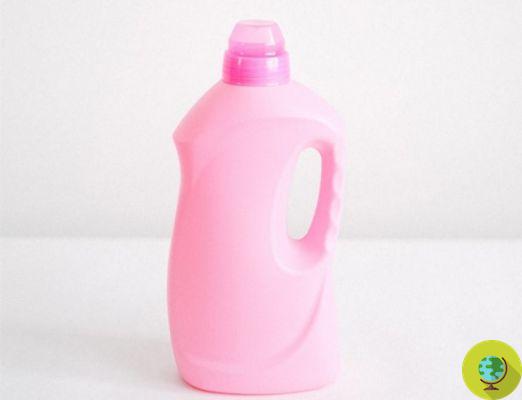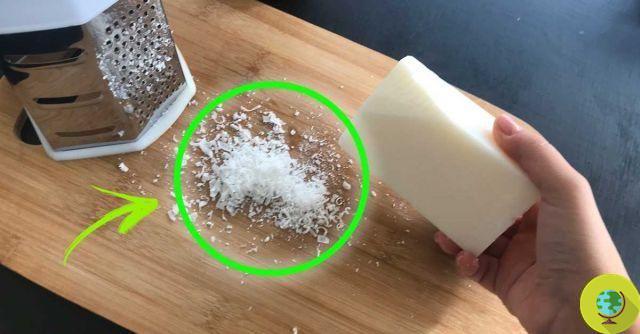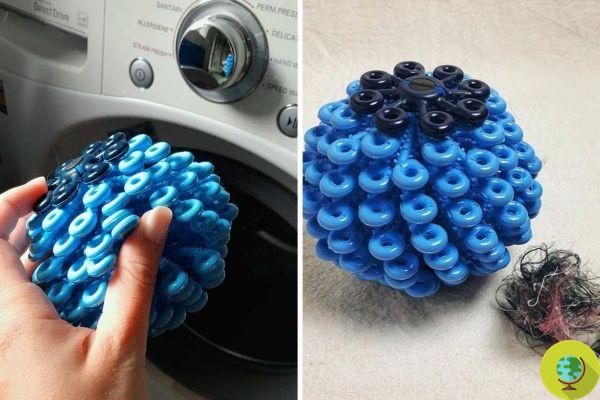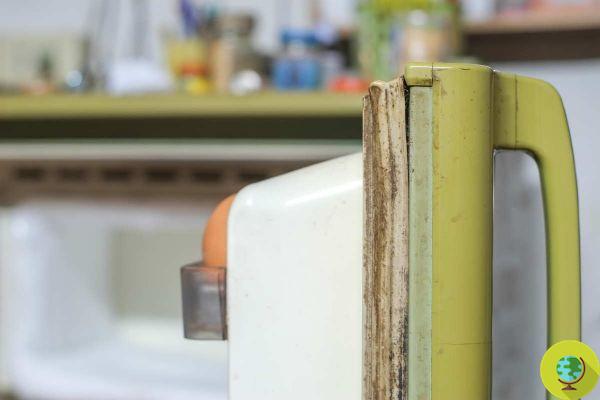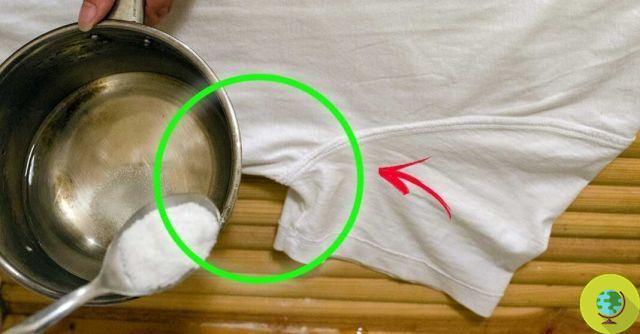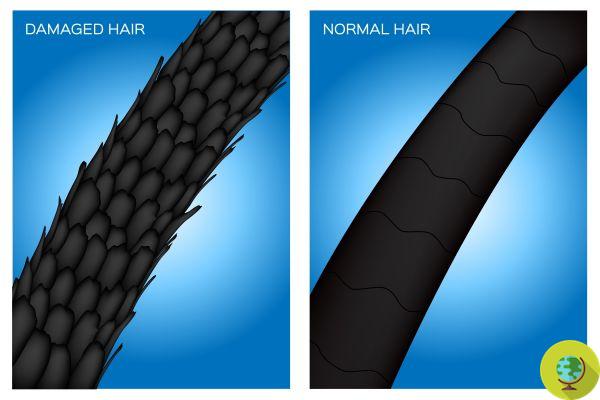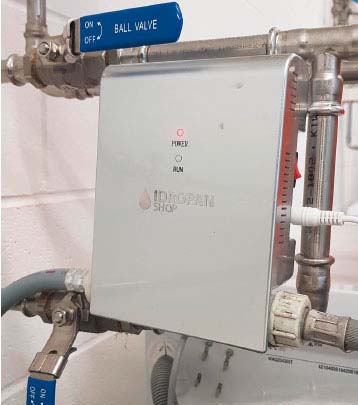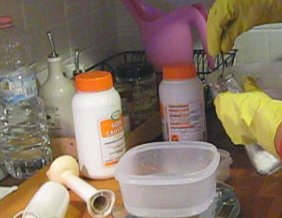The loofah is a vegetable, ecological and biodegradable sponge that is used for personal hygiene and household cleaning.
He is about to end up run over, his mother saves himLa loofah is a vegetable sponge obtained from the dried pulp of the Luffa cylindrica fruit. It's about a ecological sponge, biodegradable, hypoallergenic and non-toxic suitable for cleanse and exfoliate all skin types.
La loofah sponge it can also be used for domestic cleaning and for washing dishes in place of normal synthetic sponges and, when it appears excessively damaged, it can be thrown into the compost.
Let's see what it is, how loofah is grown and how it is used natural sponges obtained from this plant.
Index
What is loofah, natural and vegetable sponge
The loofah is a vegetable sponge obtained from the drying of the fruit of the Luffa cylindrica, a plant that belongs to the Cucurbitaceae.
The loofah plant produces a fruit similar to aubig courgette whose pulp, once ripe, appears solid, elastic and spongy.
Although the luffa courgette is edible, its food consumption is not widespread due to its bitter taste and particularly fibrous consistency.
The pulp of the loofah comes therefore dried to obtain sponges which can be used in domestic cleaning, for washing dishes or washable surfaces in the house, and especially for personal hygiene, as a body sponge in the shower.
La sponge made from loofah it is commercially available in various formats to adapt to various uses: it is easily found online, in herbalist's shops and in all stores that deal with natural cosmetics.
it is also possible cultivate the loofah plant in the vegetable garden or in the garden, in the open ground and inside capacious pots, to then obtain sustainable, ecological and zero-cost vegetable sponges.
How to grow loofah
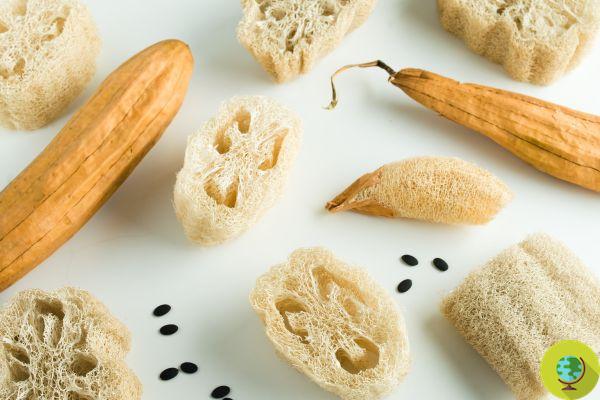
©maramorosz/Shutterstock
Grow the loofah to obtain vegetable sponges is very simple and within everyone's reach. The cultivation of this plant can be done by buying seedlings already developed or by obtaining the seeds in a nursery or online.
La sowing of loofah it is carried out during the spring, from March to May, choosing a sunny area of the vegetable garden or garden and a soil rich in organic substance.
Before burying the seeds, it is advisable to leave them to soak in water for about twelve hours, in order to favor germination.
Since the loofah plants develop a lot producing large fruits, it is advisable to space the seeds about 50 centimeters from each other in a single row or arrange the seeds in large containers, if you have chosen to grow the loofah. in pot.
Growing vertically, the loofah is also suitable for cultivation on the balcony or terrace as long as you choose vases that measure at least 30 centimeters in diameter and 40 centimeters in depth. The container must then be sprinkled on the bottom with draining materials such as gravel or expanded clay to avoid water stagnation and subsequently filled with nutrient-rich soil.
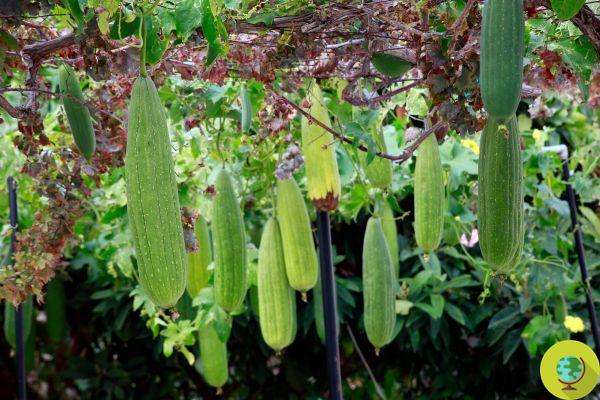
© Erich Teister / Shutterstock
Whether the loofah is grown in pots or placed in the ground, each plant will need a strong wire mesh that it can climb on without yielding to the weight of the fruit.
Once developed, loofah plants need irrigations abundant and regular fertilization throughout the growth period.
As regards the parasites that attack loofah plants, the main problem for this plant is represented by the white sickness, a disease that can be countered in a biological way by eliminating the damaged parts and carrying out treatments based on sulfur.
Vegetable sponges: how to grow them to say goodbye to plastic
How to obtain and use loofah sponges
After flowering, the loofah will produce fruits similar to large zucchini or cucumbers, initially green. As the fruits ripen, they will become increasingly brown and the plant will dry out.
At that point it will be possible collect the zucchini and leave them to dry for a few days in a dry place.
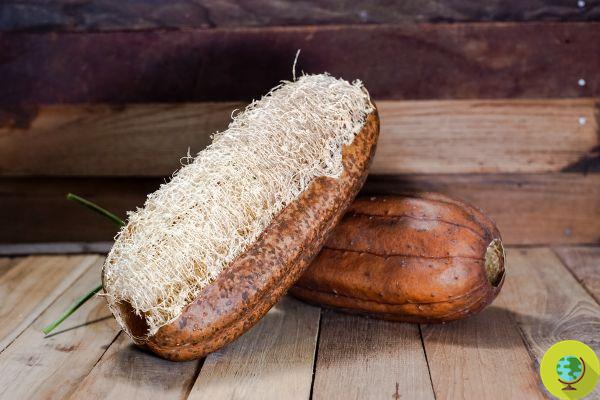
Pichet Siritantiwat/Shutterstock
get the sponges, it is then necessary to remove the small and the peel of the fruits and extract the pulp by crushing the pumpkin several times from the center outwards. This will also remove the seeds, which can be set aside and sown the following year.
To thoroughly clean the loofah from all types of impurities, it is advisable to soak it in a solution of water and bicarbonate for a few hours, repeatedly pressing the sponge and then letting it dry carefully.
La loofah sponge it can be used as it is or after cutting it into slices of about two or three centimeters. For convenience, it is helpful to tie a string to each sponge so that it can dry easily after each use.
THEuse of the loofah sponge it is very simple: when dry, the sponge appears dry and hard, but in contact with water it softens and is used as a normal sponge both for domestic cleaning and for personal hygiene. There loofah sponge it is exfoliating, hypoallergenic, ecological and suitable for all skin types.
After use, the loofah sponge should be done dry very well to avoid the proliferation of molds and bacteria and, when it is damaged, it can be thrown into the humid or compost.
Luffa: 5 tips to clean the vegetable sponge and avoid bacteria
Luffa, the vegetable sponge: how to use it and where to find it
Read also:
-
- Swedish tea towels: the resistant and compostable cloths alternative to absorbent paper and microfibre
- Luffa: 5 tips to clean the vegetable sponge and avoid bacteria




